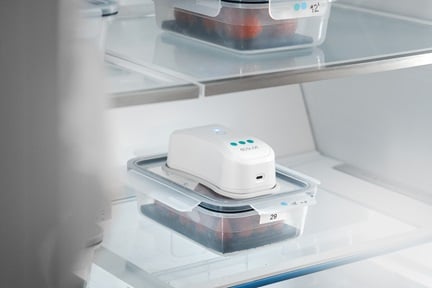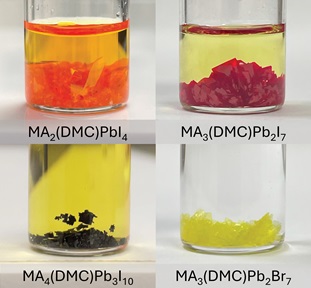Drug delivery with a pinch
Using magnets to pinch folds of skin, NTU researchers developed a new method for transdermal drug delivery.
-assoc-prof-wang-xiaomeng-and-prof-david-becker-of-ntu-s-lee-kong-chian-school-of-medicine-with-phd-graduate-dr-daniel-lio-demonstrating-the-devicebc99e3f1-a834-46df-9595-3f15f59cab82.jpg?Status=Master&sfvrsn=92843773_3)
(From left) Assoc Prof Wang Xiaomeng, Prof David Becker and PhD graduate Dr Daniel Lio demonstrate how their transdermal drug delivery device works. Credit: NTU.
Current methods for delivering insulin and other drugs across the skin require microneedle injections, which are painful and damaging to the skin. To avoid the need for needles, NTU researchers have pioneered a method of drug delivery that uses pressure instead.
The multidisciplinary team includes Prof David Becker and Assoc Prof Wang Xiaomeng of the Lee Kong Chian School of Medicine.
Using two magnets to pinch and apply pressure to a fold of skin, the transdermal delivery device causes short-term changes in the skin’s epidermal layer including the formation of micropores. The method was able to deliver nanoparticles with sizes of up to 500 nm and macromolecules with masses of up to 20,000 daltons across the dermal layers of the skin.
As a proof of concept, the researchers demonstrated that topical application of insulin in combination with five minutes of pressure treatment resulted in a drop of up to 80% in blood glucose in diabetic mice. It also resulted in a six-fold enhancement in drug delivery compared to treatment without temporal pressure.
The study “Temporal pressure enhanced topical drug delivery through micropore formation” was published in Science Advances (2020), DOI: 10.1126/ sciadv.aaz6919.




.tmb-listing.jpg?Culture=en&sfvrsn=29c7e020_1)
.tmb-listing.jpg?Culture=en&sfvrsn=55153609_1)

